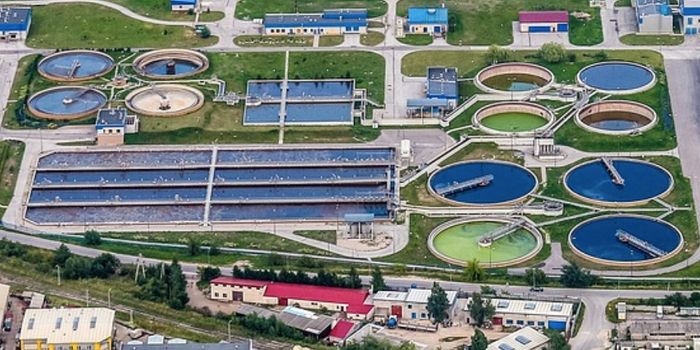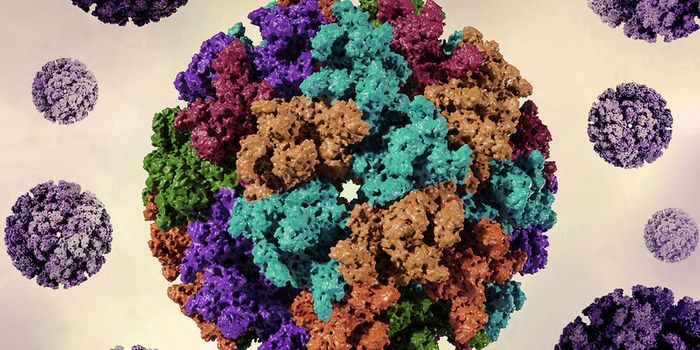Unique Mechanism of Respiration Discovered in a Single-Celled Organism
Many cells can use oxygen or nutrients to generate fuel, and the process is similar in many organisms that use an electron transport chain. But scientists have found that in a tiny organism, things aren't as they seem; in the single-celled Tetrahymena, cellular respiration happens in a way that's unlike any other cells. Cellular respiration is a basic process that we thought was well-understood, so this discovery is a surprise.
“We thought we knew about respiration from studying other organisms, but this shows us how much we still don’t know,” noted co-first study author Maria Maldonado, PhD, a postdoctoral researcher in the Department of Molecular and Cellular Biology at the University of California, Davis.
Tetrahymena are free-living marine microbes that use tiny filaments called cilia to swim around. Their DNA is contained in a nucleus, but otherwise, this group of organisms has very diverse characteristics. We don't know much about most of them, though the malaria parasite Plasmodium is a member of the group.
During cellular respiration, electrons move through the electron transport chain in the mitochondria's inner membrane. Protons are simultaenously pumped across that membrane, and the outcome of a series of biochemical reactions is the production of cellular fuel known as ATP.
Tetrahymena consume oxygen and generate energy through respiration like eukaryotic cells and some bacteria, noted James Letts, assistant professor of molecular and cellular biology in the UC Davis College of Biological Sciences.
Decades ago, researchers found that the electron transport chain in Tetrahymena was different, Letts said. The molecule that moves electrons, called cytochrome c, and the terminal oxidase, which consumes oxygen at the end of the chain, were different from the ones found in animals and plants.
Letts and colleagues have now applied cryo-electron microscopy to a mixture of proteins from the mitochondrial membrane, instead of one in isolation, to learn more about their functions. This approach revealed the near atomic-level structure of 277 proteins, and the Tetrahymena electron transport chain. Some proteins did not match any gene in the current Tetrahymena genome database, suggesting there are some gaps in that data.
The study highlights those gaps, and potential of structural biology to be used as a discovery tool, Letts added.
Sources: University of California - Davis, Science









